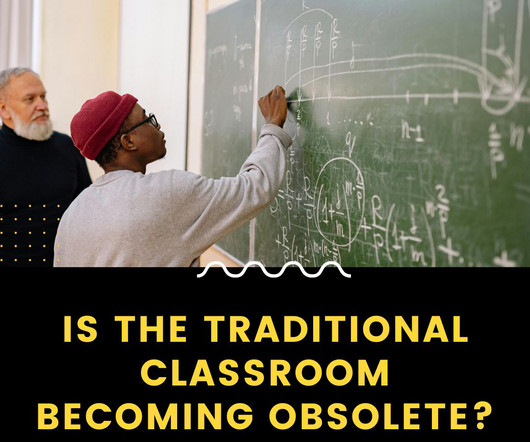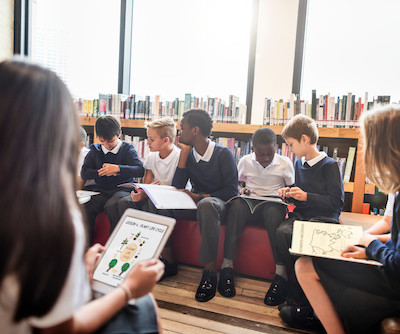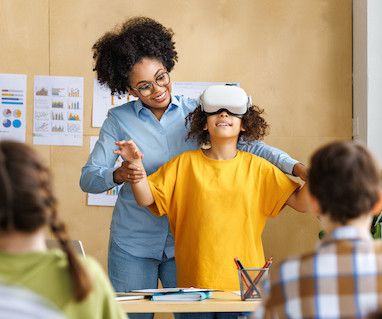5 reasons why game design is the best way to teach STEAM skills
eSchool News
JUNE 27, 2025
Another exploratory study from Computers & Education that involved elementary and middle school students found that collaborative digital game design promotes knowledge creation and supports diverse learning styles, making it a strong method for inclusive education. The 5 key benefits of game-based learning in STEAM education 1.





















Let's personalize your content